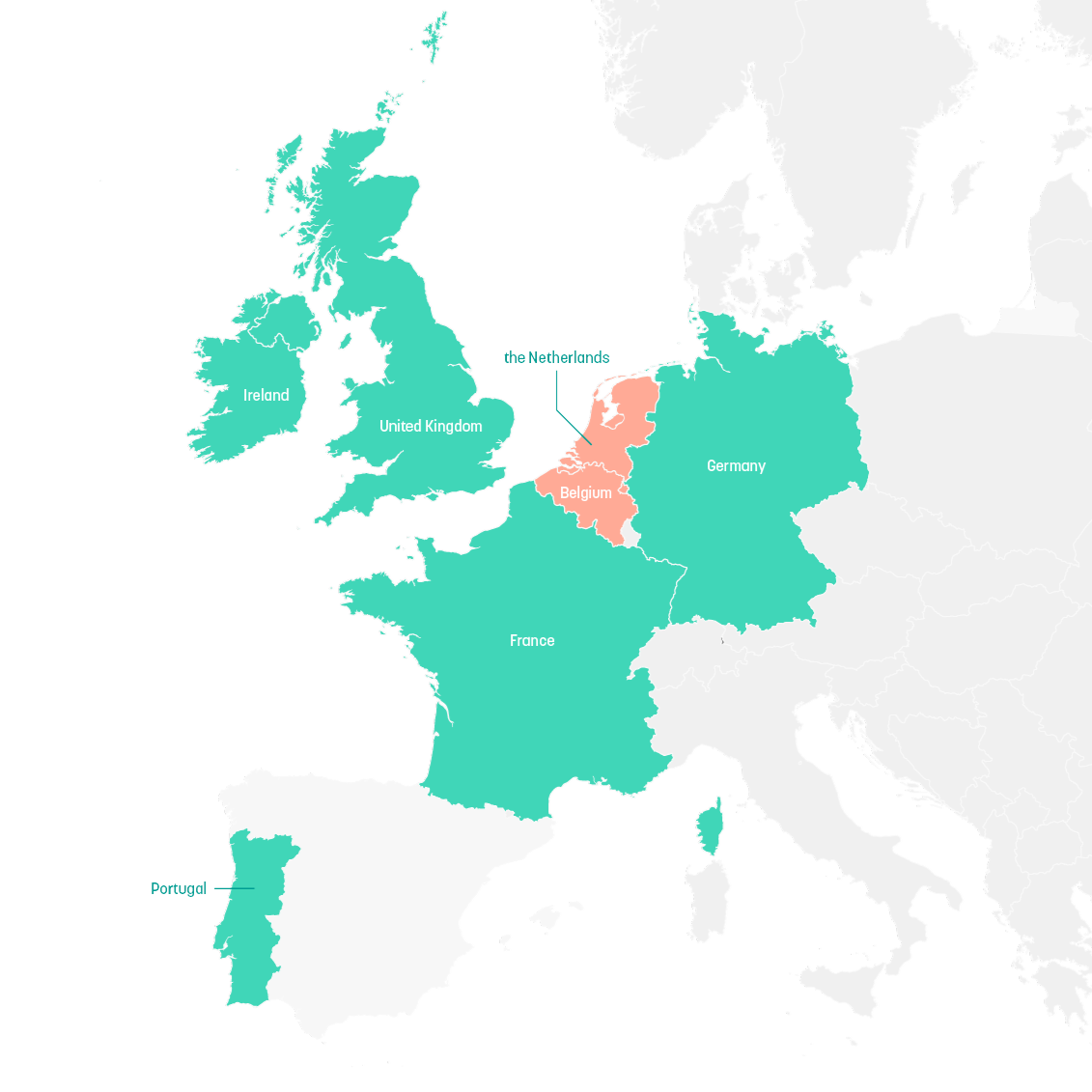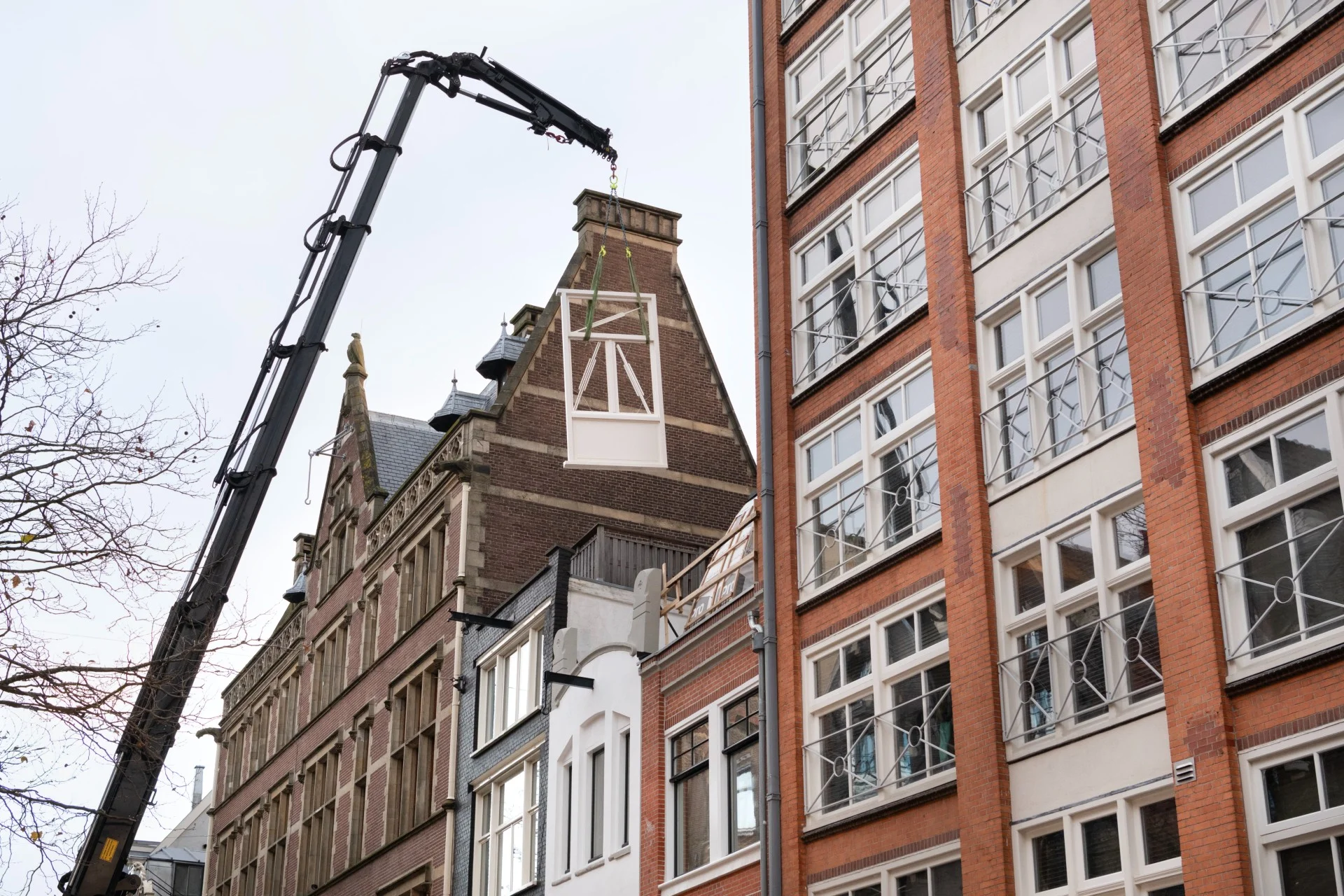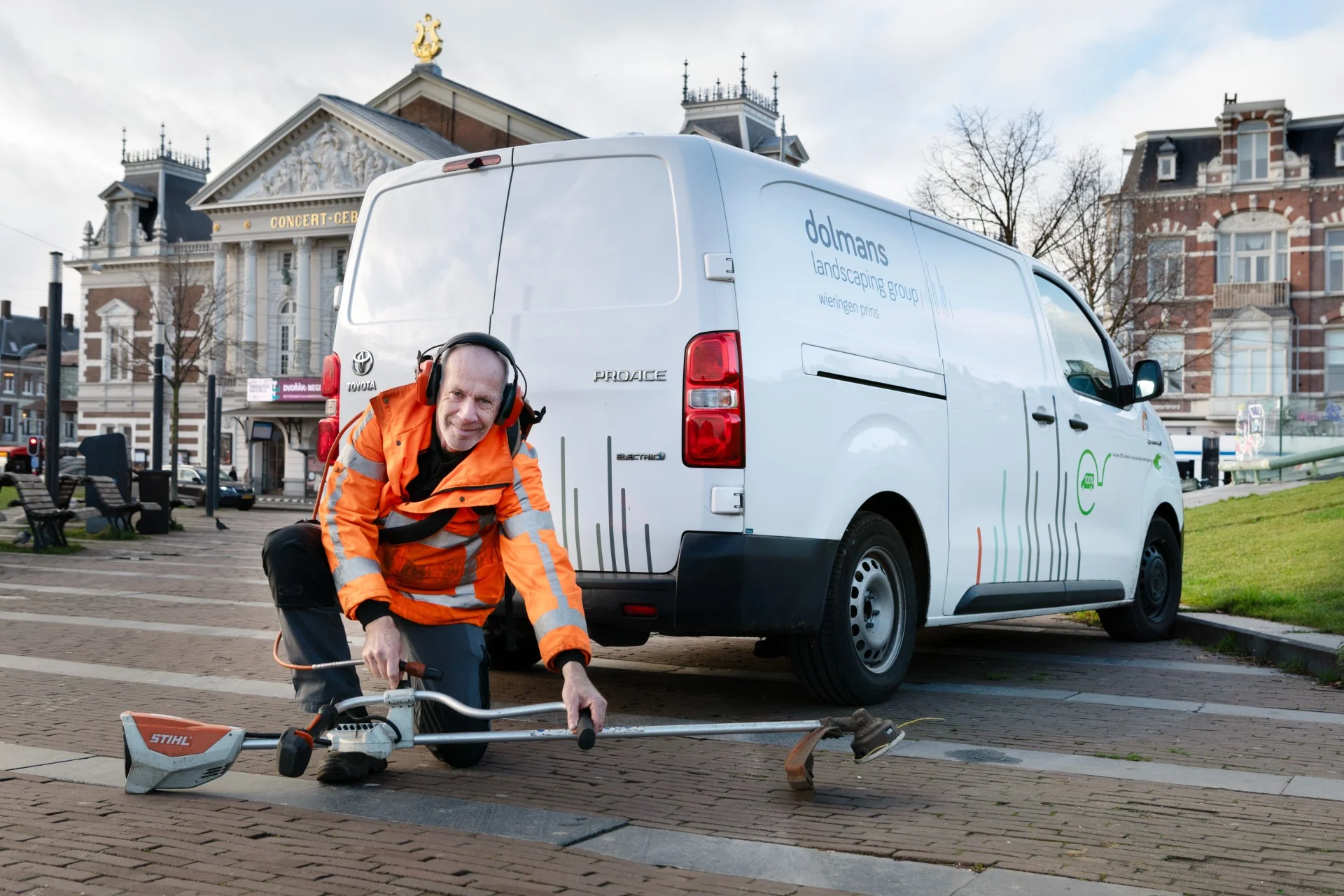
Discover the Ladder’s Steps
Version 4.0 of the CO₂ Performance Ladder has three Steps. Organisations aiming to become certified select their own level of ambition to systematically reduce CO₂ emissions and energy consumption, and to work more sustainably.
Step 1
At Step 1, your organisation brings its internal operations into line within 1 to 3 years.
The focus is on reducing energy use and cutting scope 1 and 2 emissions.
You also gain insight into which key employees are essential for effective implementation of the Ladder, and which partners you can collaborate with effectively.
The effort involved in Step 1 is comparable to Level 3 of version 3.1 of the CO₂ Performance Ladder.
Step 2
At Step 2, the focus shifts to the emissions from your organisation’s key activities.
You are required to develop a Climate Transition Plan (CTP), setting out a medium-term strategy for CO₂ reduction.
Step 2 is comparable in effort to Level 5 of version 3.1 of the CO₂ Performance Ladder.
Step 3:
Step 3 sets a clear long-term goal: net zero emissions across all scopes by 2050.
To achieve this, your organisation must address all activities it can influence.
Certification at Step 3 requires a quantitative Climate Transition Plan that shows how your organisation will achieve CO₂ reductions within its own operations, across the value chain, and—where relevant—beyond (so-called OBE: Outside the Boundary Emissions).
Emissions across scopes 1, 2 and 3 must fall rapidly. Your organisation works closely with both an independent expert and a strategic partner.
Step 3 requires the most ambitious goals and actions.
10 reasons to get started
Power of procurement: effective carbon reduction
The CO2 Performance Ladder leads to accelerated decarbonisation and innovation thanks to the power of procurement. Research shows that organisations using the Ladder reduce their carbon emissions twice as fast as non-certified organisations and that it leads to institutionalisation of carbon reduction and awareness and behavioural changes, as shown by research conducted by CE Delft and the University of Utrecht. The CO2 Performance Ladder is recognised as a best practice by the OECD, IPCC and the World Economic Forum.
Proven methodology
With 15 years of implementation, the CO2 Performance Ladder is the standard Green Public Procurement (GPP) tool in the Netherlands and Belgium, and has proven its effectiveness. Over 300 public procuring authorities use the Ladder as a GPP tool, and around 8000 organisations are covered by a CO2 Performance Ladder certificate. 75% of certificate holders are small and medium-sized enterprises (SMEs). During the 15 year history of the CO2 Performance Ladder many useful resources and experiences have been developed, which can easily be adapted and reapplied.
User-friendly
The CO2 Performance Ladder is user-friendly, with low transaction costs to get started for organisations looking to get certified. Documents like the practical guide and articles highlighting certificate holders give insight into the process and possibilities. SKAO and partners provide a helpdesk for current and future certificate holders. Implementing the Ladder is easy for contracting authorities as they only need to check the certificate, once the building blocks for a pilot have been established. Third party certification lowers the burden on procurement authorities to verify claims. Documents like the procurement guide with accessible steps to start purchasing with the CO2 Performance Ladder, project cases and model clauses (in Belgium) further facilitate implementation for procuring authorities.
Cascading effects of certification
The impact of market initiatives started by certified companies to meet collaboration requirements included in the CO2 Performance Ladder Handbook, and the impact of certified companies on their supply chain partners accelerates reductions, increasing impact. For instance, the Ladder requires organisations certified at levels 4 and 5 to engage with their supply chain to develop additional CO2 reduction measures in their sector.
Multi-use certificate
One certificate can be used for all tenders for all contracting authorities using the Ladder in their procurement. Whether local, regional, national or international.
Compliant with the EU Procurement directive
The CO2 Performance Ladder is immediately applicable in other EU countries due to its compliance with the 2014 EU Procurement Directive.
Green business case
The Ladder helps strengthen businesses’ green business case, by granting them an award advantage in tenders based on their CO2 reduction ambition. This fictitious discount or points bonus, in combination with the cost savings that are achieved through increased efficiency, more than cover the costs of certification, and motivate organisations to start structurally reducing their carbon emissions.
Third party verification and accreditation
Independent third party certification lowers the burden on procurement authorities to verify that companies comply to their requirements. certification bodies (CBs) are required to be accredited by the relevant accreditation body.
Certification reinforces market position
Having a CO2 Performance Ladder certificate reinforces companies’ position in the market as sustainable suppliers, and helps to improve their products and services. The Ladder stimulates and rewards organisations through giving them a competitive advantage.
Multistakeholder instrument
Since both private and public parties, along with academic experts and non-governmental environmental organisations are involved in the management and development of the CO2 Performance Ladder in the Netherlands and Belgium, all organisations have a stake in the instrument and feel ownership over it. This collaborative model helps to ensure the instrument is widely supported, therefore increasing its impact.
The Ladder in your country
The CO2 Performance Ladder is expanding across Europe! It is now being introduced in France, Germany, Ireland, Portugal and the UK, alongside its established presence in the Netherlands and Belgium. Find out more about the implementation in your country.

Blogs
all blogs
- Blog
5 questions about the CO₂ Performance Ladder for SMEs
More than two-thirds of all Ladder certified organisations are Small and Medium-sized Enterprises (SMEs), ranging from companies in the civil engineering and transport sector to consultancy firms. In this article, we lay out the interesting benefits the CO₂ Performance Ladder can have for SMEs and how you can make smart…

- Blog
Green Public Procurement with the CO₂ Performance Ladder
Green Public Procurement can play an important role in greening the economy and achieving climate goals. As a government, it can sometimes be quite a challenge to decide exactly how to integrate sustainability in your tenders. The CO2 Performance Ladder offers a solution here. In this article, we explain the…


